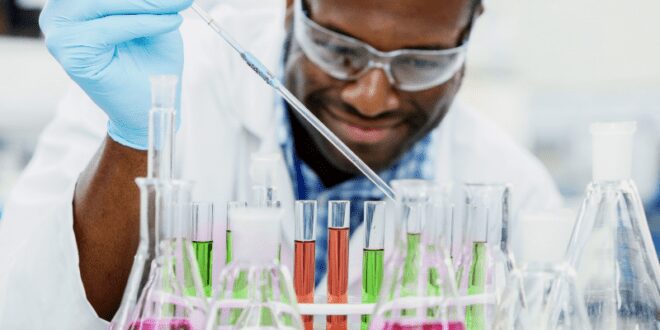Pharmaceutical quality control testing must be rigorous. It must also involve multiple techniques, including gas chromatography/mass spectrometry, liquid chromatography/mass spectrometry, and elemental analysis techniques. Applying various techniques for quality control testing is essential since impurities can take many forms, from volatiles to solids and everything in between. Drug and biotech companies should conduct pharmaceutical testing first to ensure the safe use of their products.
What’s Pharmaceutical Testing?
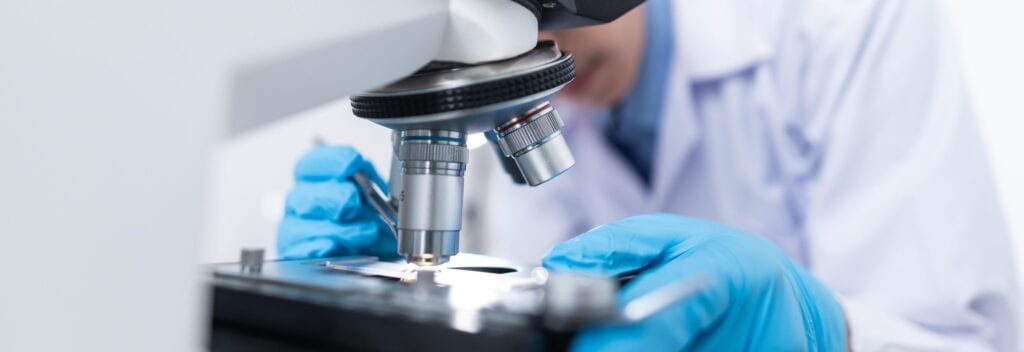
Also known as a “clinical trial”, pharmaceutical testing refers to a rigorously controlled experiment. It usually involves therapeutic interventions that are administered on human subjects, such as a surgical procedure, an invasive medical device, or a new vaccine or drug. The process is regulated by the Food and Drug Administration (FDA). It’s an outcome measure conducted before a therapeutic intervention is made available for public use.
During the pandemic, you’ve probably heard about various clinical trials going on around the world. Willing human test subjects or volunteers participate in attaining this goal. With the aim of increasing or creating antibodies against COVID-19, several pharmaceutical companies are partnering with pharmaceutical testing service providers to rigorously develop and test new drugs. Such a process is the testing of potential drugs to finally find a cure for COVID-19. For more details check “Avomeen” and learn more about getting support through pharmaceutical testing services. So, how do pharmaceutical testing labs help ensure quality assurance?
Procedure Development

Pharmaceutical testing laboratories have procedure development chemists who produce reliable methods for consistent results. They measure an API or active pharmaceutical ingredient’s concentration in a compounded dosage form.
To ensure the identity, purity, performance, and potency of a pharmaceutical product, pharmaceutical testing labs identify raw materials, preservatives, antioxidants, and impurities in a formulation. All these things are considered in procedure development.
Testing Of Packaging Materials
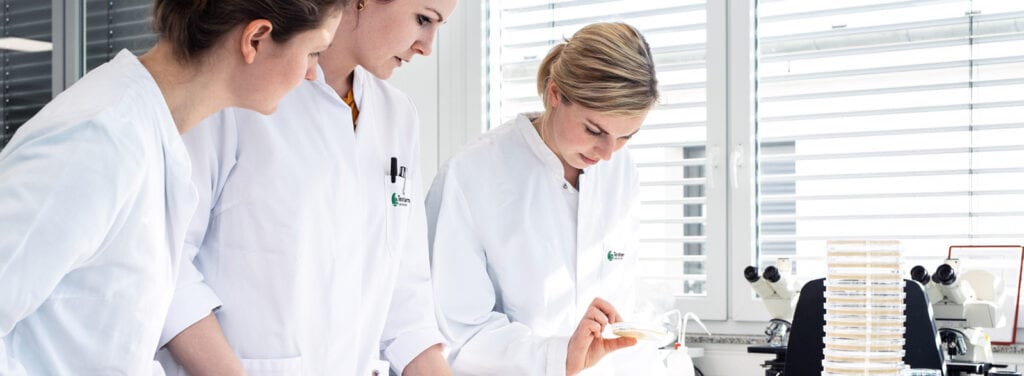
The quality of pharmaceutical products must be checked for safety, and that includes the packaging materials. Biopharma companies do their best to avoid expensive product recalls and lawsuits. That’s why they work with laboratories that offer pharmaceutical testing services as part of their effort not to compromise public health and safety. Since some packaging materials may actually leach harmful chemicals, they must be thoroughly tested.
Pharmaceutical testing service providers test packaging materials, helping you avoid problems by ensuring that they’re safe to use.
A pharmaceutical testing lab has the right facility, skills, and knowledge to not only test but also solve complex packaging challenges, such as:
- Bags and pouches used to pack medical protective equipment and medical supplies, like fertility kits
- Vials for vaccines
- Containers to pack medical devices or cartons for syrup-form medications
- Bottles for containing liquids, such as intravenous solutions
- Cans that contain milk used for enteral feeding
Storage Room And Equipment Thermal Mapping
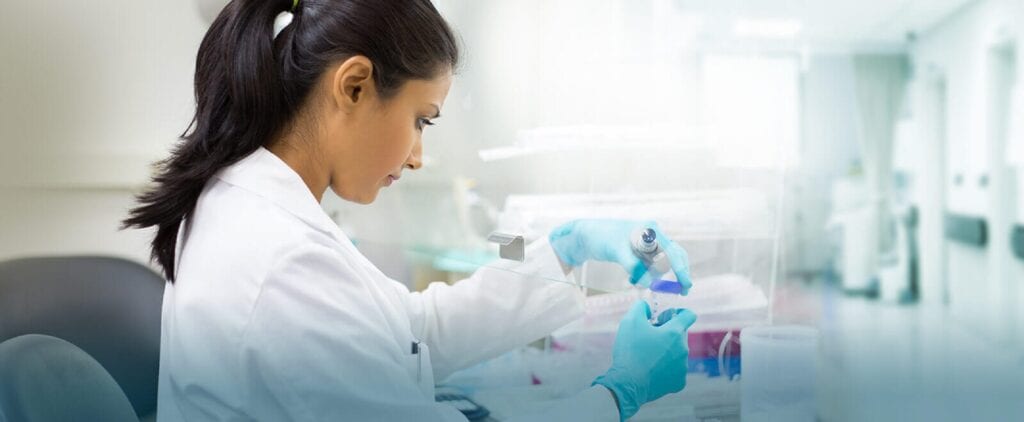
Packing areas, stability chambers, raw material storage areas, refrigerators, sample areas, incubators, freezer rooms, cold rooms, autoclaves, and other temperature-controlled areas and equipment must be regularly validated for humidity and temperature. Of course, the laboratories, as well as loading and unloading areas where temperature-sensitive products are kept, are also included.
Locating the cold and hot spots, as well as controlling and documenting the temperature within a specified area or equipment are the objectives of conducting thermal mapping. It’s essential to identify the specific zones where remedial actions need to be taken. Remedial actions could either be lowering the temperature by retro-fitting new air distribution equipment or eliminating the cold and hot spots by changing the air distribution.
Note that to keep a check on compliance, subsequent humidity and temperature mapping exercises must be performed periodically. These are not a single-time job. They should be carried out, say, every three years. In case there’s any modification done in any equipment or the storage room or area has undergone a significant modification, a thermal mapping must be carried out. To demonstrate compliance with regulatory bodies, all mapping exercises need to be documented completely. The allowed temperature range may also vary.
To make sure that the distribution of temperature within the specific space is sufficiently characterized, there should be an adequate number of monitors for electronic data logging when conducting thermal mapping procedures. To store and check the data, computer and software are also required, along with the data logger units. To overcome the issues identified, appropriate recommendations are made for remedial actions required based on the gathered data and analysis reports.
Pharmaceutical testing labs can take care of all the things needed for temperature mapping as part of the assistance they provide to biopharma companies.
Equipment Calibration
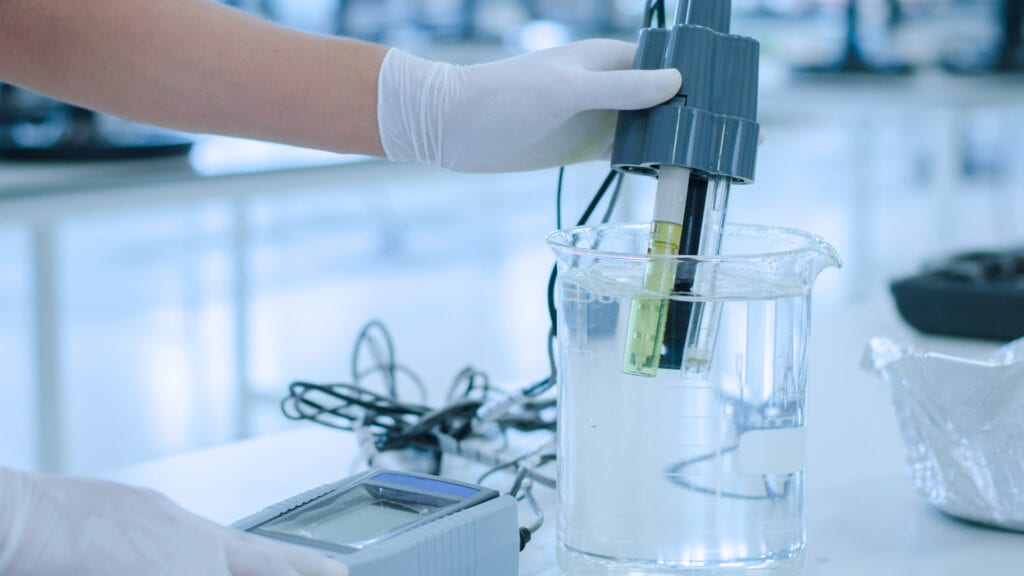
To ensure the validity of the computer system and qualification, calibration must be carried out with the help of proficient and appropriate instrument through an accredited pharmaceutical testing laboratory. It’s a vital activity for building a perfect quality management system.
The objective of equipment calibration is to determine the instrument’s accuracy and to adjust its precision by obtaining a reading and measuring variations between the obtained values and the standard values.
Some of the instruments used for temperature measuring that’s required to be periodically calibrated include:
- Chambers
- Thermistors
- Weather stations
- Thermometers
- Thermal camera
- Refrigerators
- Autoclaves
- Furnaces
Formulation And Process Development
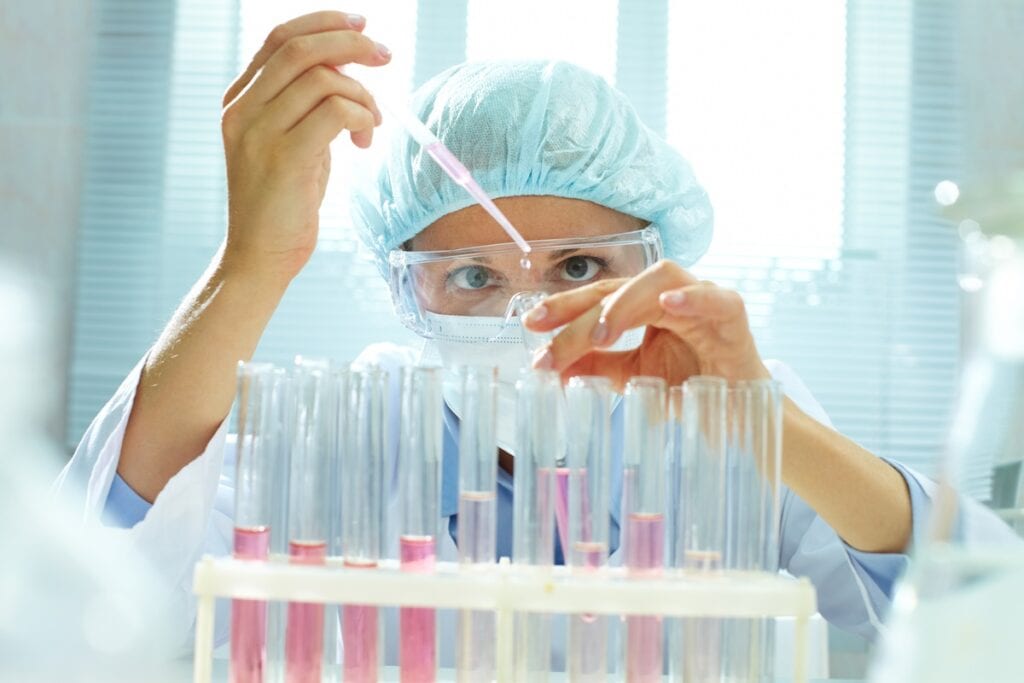
Pharmaceutical testing labs determine a new drug’s proper formulation. For instance, gastric intolerability, poor physical stability, and poor physical activity can be detected by formulation and process development. A clinical trial is deemed necessary during this process. The following four phases are generally involved in a clinical trial:
- Phase 1 – It aims to establish the optimal dosage and best mode of administration of a drug. It also aims to detect any adverse reactions or side effects.
- Phase 2 – It emphasizes the immunogenicity and the drug’s relative efficacy. Note that immunogenicity is the capability of a drug to trigger an immune response against a specific pathogen, like coronavirus.
- Phase 3 – It aims to generate relevant statistical data.
- Phase 4 – It explores adverse reactions, long-term effects, and specific pharmacologic effects of the drug for approval by the FDA.
Batch Release Testing
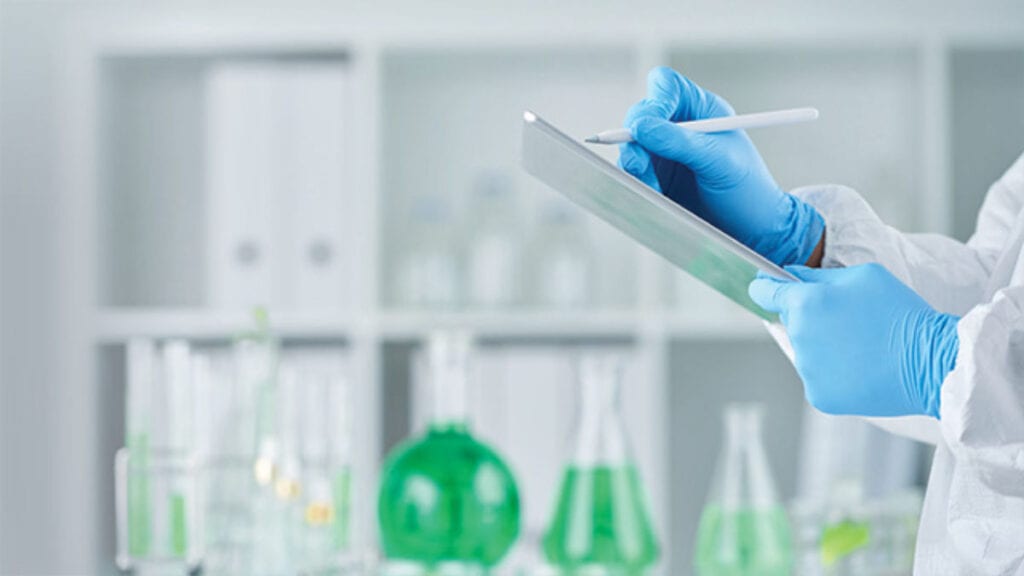
Biopharma companies partner with pharmaceutical testing labs to bring life-changing drug products to the market. Before product launch and distribution, a batch release testing is conducted. It involves the following:
- Verification of formulation
- Purity and potency testing
- Impurity testing
- Identity and uniformity testing
- Sterility testing
Conclusion
Pharmaceutical testing involves measuring a medical product’s accuracy, strengths, and weaknesses. It also determines the drug’s efficacy and potency, as well as proper dosage or use.
Working with a pharmaceutical testing lab can help biopharma companies test their products and ensure that they’re safe to use before launching them to the market. The processes discussed above are only some of the various services that pharmaceutical testing labs offer to guarantee that a specific medication is safe to use.
 Imagup General Magazine 2024
Imagup General Magazine 2024
